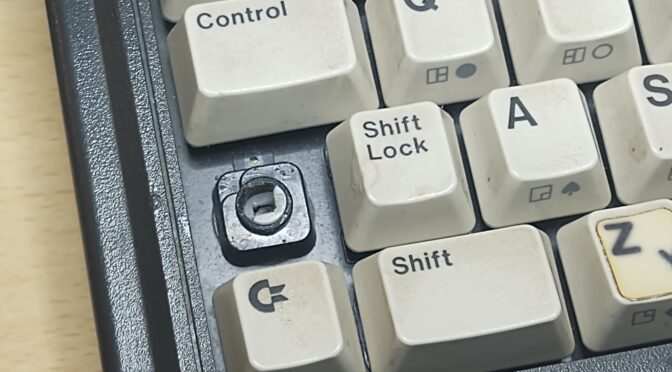![]()
Behind the title mentioned in the article headline is my idea of tidying up the “ingmarsretro” blog and tidying it up a bit. By “cleaning up” I mean checking the individual posts again for spelling errors, maybe reformatting one or the other post and adding to it. That is why there will be no other contribution in January 2021.
There are also plenty of new posts that are digitally saved on the server, but there is no paper version of them yet. So I want to put all the posts that have been created since the last backup back on paper in the form of a book. And unfortunately that is not done in a jiffy, but requires a lot of work. The job and the “family time” with my little son only allow me to work on the contributions mostly at night. And between the posts I also work on the projects (little projects) that I then write about. I also have a lot of them in my head that may one day be realized. And then there are some that I’m working on that are still to be completed, or at least should be continued.
For the last few months I have been working on a Nixie clock that should be set up fairly discreetly. The watch has meanwhile also achieved a reasonable status, so that circuit boards from self-etched prototypes to reasonable, industrially manufactured condition have been created here.

The “tube radio receiver” that I started with a few years ago is also waiting to be tinkered with.
Of course, the topic of retro computers does not let me go either. Here are a few devices left to restore and wait to be brought back to life. (This is where I remember right away: I’m looking for a RUN / STOP button for a Commodore Plus 4 – I would be happy if any reader could help …)

The project with the MOS8501 CPU as a lattice – FPGA – mini board is also in the “carry on queue”. There is still a lot to do here (the level shifters are not doing as they should, the VHDL code still needs to be adapted, the prototypes Circuit boards have to be combined on one board and then also miniaturized …) So there is still enough to do.
Then there are also old devices that I would like to present here in the blog and a number of repairs that keep falling into my hands … Also one or the other HomeMatic tinkering is still pending.
I also toyed with the idea of publishing content from the blog in the form of videos on YouTube. On the one hand, however, I cannot assess whether someone is interested and whether I would like to do that to myself, to present my face in front of the camera. It would probably make more sense to do it with a more didactically gifted person as the protagonist. And of course for Lau, as fun. On the other hand, there are quite a few Youtubers here who are very experienced here (e.g. Dave Jones with his EEVblog, NoelsRetroLab, Adrian’s Digital Basement, GreatScott, ZeroBrain, JanBeta, etc.) and have been doing this for a long time. Also not to be neglected is the immense effort involved in producing such films. When I look at my assembly videos here: It takes almost one day to record the raw material when soldering the respective kit and, in total, almost three days for the cut and post-processing. Let’s see if something can come of it one day …
